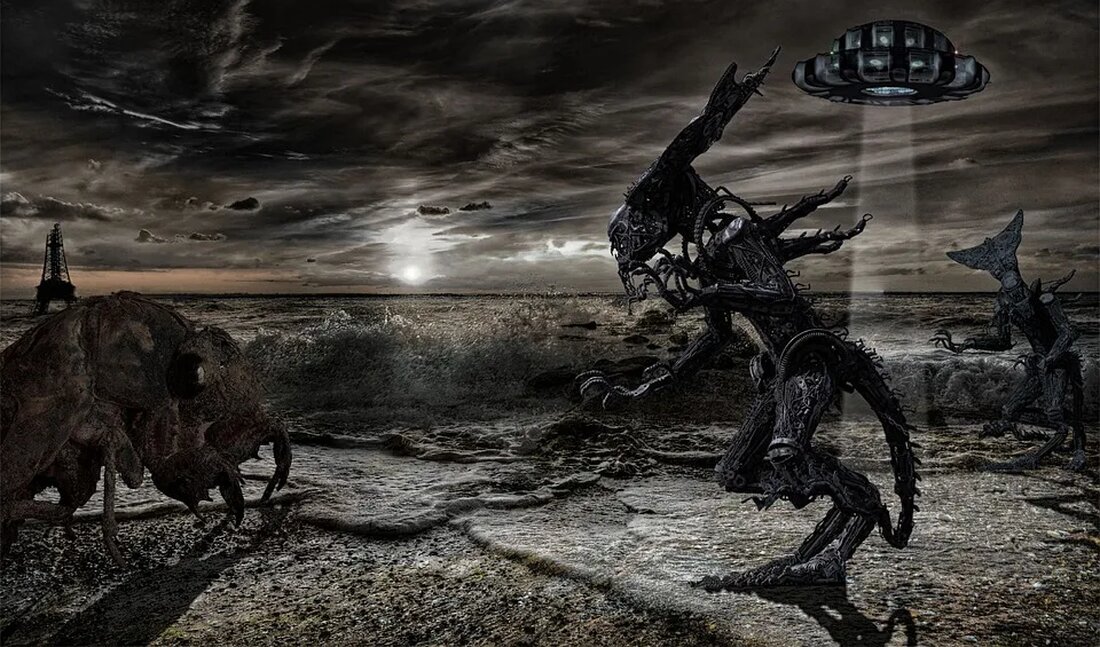Invasive species and their impact on ecosystems
Introduction Invasive species are among the greatest threats to biodiversity worldwide. They spread into new habitats and cause significant damage there. In this article, we will explain what invasive species are, provide some examples, discuss the impact of these species on native ecosystems, and discuss possible measures to mitigate this threat. What are Invasive Species? In general, invasive species are all animals, plants and other organisms that spread outside their natural range, which is shaped by evolutionary processes. These species often have the ability to displace local animal and plant species and disrupt the balance of the ecosystem...

Invasive species and their impact on ecosystems
introduction
Invasive species are among the greatest threats to biodiversity worldwide. They spread into new habitats and cause significant damage there. In this article, we will explain what invasive species are, provide some examples, discuss the impact of these species on native ecosystems, and discuss possible measures to mitigate this threat.
What are Invasive Species?
In general, invasive species are all animals, plants and other organisms that spread outside their natural range, which is shaped by evolutionary processes. These species often have the ability to displace local animal and plant species and tip the balance of the ecosystem.
Invasive species can enter new areas in a variety of ways. They are often introduced unintentionally by humans, for example through ballast water from ships, on vehicles or in agricultural products. In other cases they are introduced intentionally, for example for biological pest control, to promote tourism or to colonize new habitats.
Examples of invasive species
The Asian Harlequin Beetle
A prominent example of an invasive species is the Asian harlequin beetle. This was introduced in Europe for biological pest control. Unfortunately, the species has not achieved a natural equilibrium with its new environments and is now negatively impacting native beetle populations.
The North American gray squirrel
The gray squirrels, originally from North America, were introduced to Europe and have a serious impact on the native red squirrel populations there.
The giant hogweed
In the plant world, giant hogweed, which comes from the Caucasus, is an example of an invasive species that, through its intensive spread and strong growth, displaces native species and impairs biodiversity and habitat structure.
Impact of invasive species on ecosystems
Invasive species can have significant impacts on the ecosystems they invade. These impacts can be direct or indirect in nature and include the following aspects:
Loss of biodiversity
Invasive species can reduce local biodiversity by creating competition for resources and displacing native species. This may cause some species to become extinct or their populations to decline sharply.
Change in ecosystem structure
Some invasive species can alter the physical structure of an ecosystem. For example, invasive plants can hinder the growth and development of native plants, or invasive animals can alter habitat structures.
Disruption of the food chain
Invasive species can disrupt the food chain of an ecosystem by acting as predators or displacing important prey. This can have far-reaching effects on the entire ecosystem.
Transmission of diseases
Some invasive species can introduce diseases that affect native species. An infamous example is the death of millions of bats in North America by a fungus introduced from Europe, white-nose syndrome.
Measures against invasive species
There are various strategies for combating invasive species. These range from preventive measures to control and restoration measures.
Prevention
The most effective measure against invasive species is to prevent their introduction and spread. This can be achieved through strict controls at borders, improving awareness and introducing stricter laws and regulations.
Detection and rapid intervention
If invasive species are introduced, a quick response is crucial. Early detection and rapid control measures can minimize the impact of invasive species.
Management and restoration
Long-term management and restoration measures can help mitigate the impacts of invasive species and restore the natural environment. This includes measures such as eradicating invasive species, restoring habitats and encouraging the return of native species.
Diploma
Invasive species pose a serious threat to our ecosystems. They have far-reaching impacts on nature through loss of biodiversity, habitat alteration and potential disease transmission. It is therefore of utmost importance to raise awareness of this threat and prevent the spread of invasive species through effective strategies and measures.

 Suche
Suche
 Mein Konto
Mein Konto
